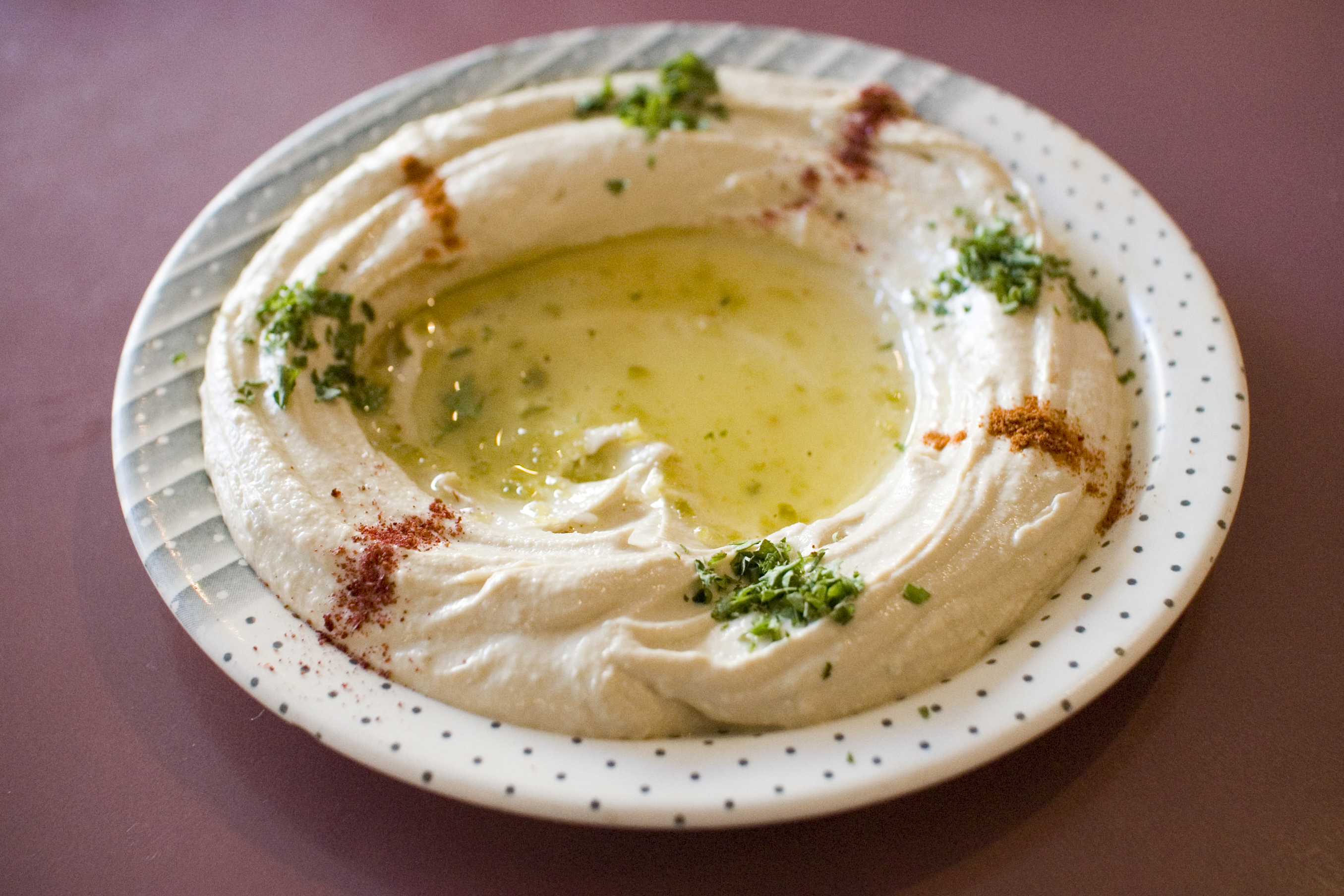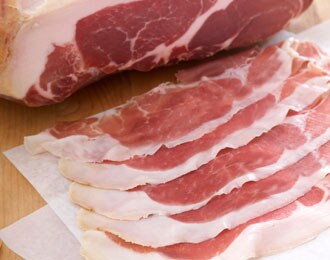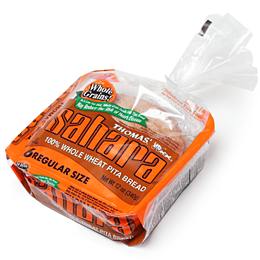Taste & See: A few days ago, I preached the virtues of having a well-stocked kitchen, divulging how it is the secret behind being a true faux gourmet. Now that you've got one, or at least have thought briefly about perhaps going to the store once the holidays are over and you're off your diet of cookies and hot cocoa, let me entice you a bit further.
The first dish is called phat si-ew, or fried noodles with soy sauce. It's a typical Thai street dish made with very simple ingredients, available everywhere for about 20 B. But it wasn't til I saw my host mom make it in the village that I learned the secret to avoiding massive clumps of noodles, the perpetual result of my previous attempts.
I used fresh noodles from a shop in Chinatown, which come as big slab and cut them into noodles myself.

The sooner they're used, the better; once I bought the noodles in advance and refrigerated them until the day I needed them, only to find the noodles had gone hard and were impossible to cut. They softened up with heat and oil but were hideously ugly. This time I asked the noodle man and he said to just leave them at room temperature, in the bag. I was skeptical, but as you can see for yourself, they actually look like noodles. (I bought mine for 63 cents a slab and used two slabs to feed 12 people; ask for chow fun, the Chinese name; I'm not sure of the Thai name for fat, soft noodles.) NB: in keeping with the faux gourmet spirit, if you don't want to go to Chinatown, you can use whatever noodles you have on hand, even, dare I say it, spaghetti noodles, in a pinch.
Next, remember the sauces from A Well Stocked Kitchen Part I?
Mix in equal proportions so you have just enough to coat all the noodles, oyster sauce, Indonesian sweet soy sauce & regular soy sauce:

Separate by hand of every last piece of noodle with a plastic bag, as I learned in the village, the trick to dispelling the clumpy phat si-ew of yore.

Heat up a bit of oil in a wok then add a handful of noodles, turning over gently with til the noodles are soft and stretchy.

Add a handful of chopped dark greens- any kind you have will do: broccoli, kale, bok choy.

I used kale, the typical vegetable in street phat si-ew (known as pak kana in Thailand).

Move the noodles to one side of the wok and crack in an egg. Let it heat up for a minute.

Scramble it up and mix it into the noodles.

Season to taste with a combination of the following: lime juice, sugar, chili flakes, fish sauce [the four flavors: sour, sweet, spicy, salty].

Voila!
 I had friends over for dinner the night I made this. I already had the ingredients together and people took turns coming in the kitchen and making up their own small batch. Either my friends are ridiculously talented across the board in the arts of Thai noodle making, or it is really a very simple dish to make. How about you find out for yourself?
I had friends over for dinner the night I made this. I already had the ingredients together and people took turns coming in the kitchen and making up their own small batch. Either my friends are ridiculously talented across the board in the arts of Thai noodle making, or it is really a very simple dish to make. How about you find out for yourself?The second dish was a simple stir fry:

Didn't have much to work with- just a large hunk of broccoli, an onion, some green onions & a chicken breast. But adding a simple soy sauce-sugar-oyster sauce-vinegar-sri racha sauce mix & sprinkling a few cashews on top transformed it into a tasty dinner in about 20 minutes. Assuming cashews are optional, with a well-stocked kitchen you'd have all that on hand, making for cheap & easy food with no need to buy anything special.

And that's really what having a well stocked kitchen is all about.











































